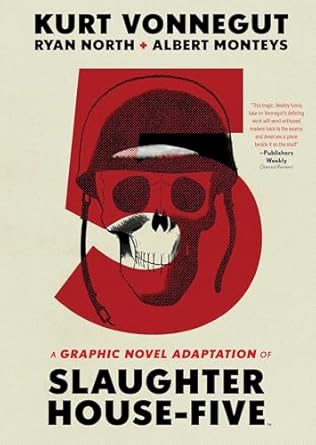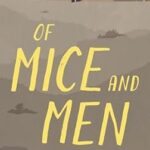Synopsis & Themes
Slaughterhouse-Five is a unique and powerful novel by American author Kurt Vonnegut, first published in 1969. It follows the story of Billy Pilgrim, a soldier who becomes “unstuck in time.” After surviving the bombing of Dresden during World War II, Billy begins to experience time non-linearly—jumping between different points in his life, including his time as a soldier, a post-war optometrist, and even being abducted by aliens called Tralfamadorians.
Through Billy’s fragmented journey, Vonnegut explores the absurdity of war, the illusion of free will, and the nature of time. The novel blends science fiction, satire, and autobiography in a way that is both darkly comic and deeply moving.
The novel deals with heavy themes such as the trauma of war, the randomness of death, and the limitations of human understanding. One of the most famous lines, “So it goes,” is repeated throughout the novel each time death is mentioned, reflecting a kind of resigned acceptance of mortality.
Vonnegut also critiques the glorification of war by showing its horror through a detached, surreal lens. The idea that time is not linear and that all moments exist simultaneously is central to the book’s message, as is the belief that humans cannot control their fate. Slaughterhouse-Five forces readers to question what it means to be sane in an insane world.
Slaughterhouse-Five by Kurt Vonnegut was an instant success upon publication and is now considered one of the greatest anti-war novels of all time. It became a bestseller and was nominated for the Nebula Award and the Hugo Award, two of science fiction’s top honors.
It is often listed among the most important American novels of the 20th century and is required reading in many literature classes. The book has been adapted into a film, stage plays, and graphic novels.
Despite—or perhaps because of—its critical acclaim, Slaughterhouse-Five has been frequently challenged and banned in schools and libraries. Objections usually center around its use of explicit language, sexual content, and anti-war messages.
Some school boards and parents have argued that the book is inappropriate for students, citing its tone and treatment of war, religion, and death. It has appeared on the American Library Association’s list of most frequently challenged books.
However, defenders argue that its honest portrayal of trauma and war is exactly why it should be read and discussed, especially by young people learning about history and humanity.

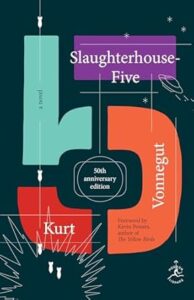
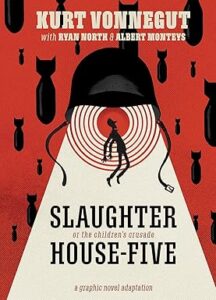
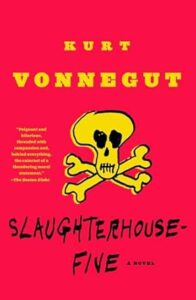
About the Author
Kurt Vonnegut was an American author known for his sharp wit, dark humor, and powerful social commentary. He was born on November 11, 1922, in Indianapolis, Indiana, and became one of the most influential writers of the 20th century.
Vonnegut is best known for his novel Slaughterhouse-Five, a science fiction–inspired anti-war story that blends time travel, satire, and the horrors of World War II. The book was heavily influenced by his real-life experience as a soldier and prisoner of war during the bombing of Dresden, which he survived.
His writing style is known for being simple, ironic, and deeply human, often mixing science fiction with serious themes like war, death, free will, and the absurdity of life. Other popular works include Cat’s Cradle, Breakfast of Champions, and Player Piano.
Vonnegut’s voice was unique—both humorous and heartbreaking—and he often used his books to challenge societal norms and ask big questions about the human condition.
He passed away on April 11, 2007, but his legacy lives on through his thought-provoking and imaginative stories.

